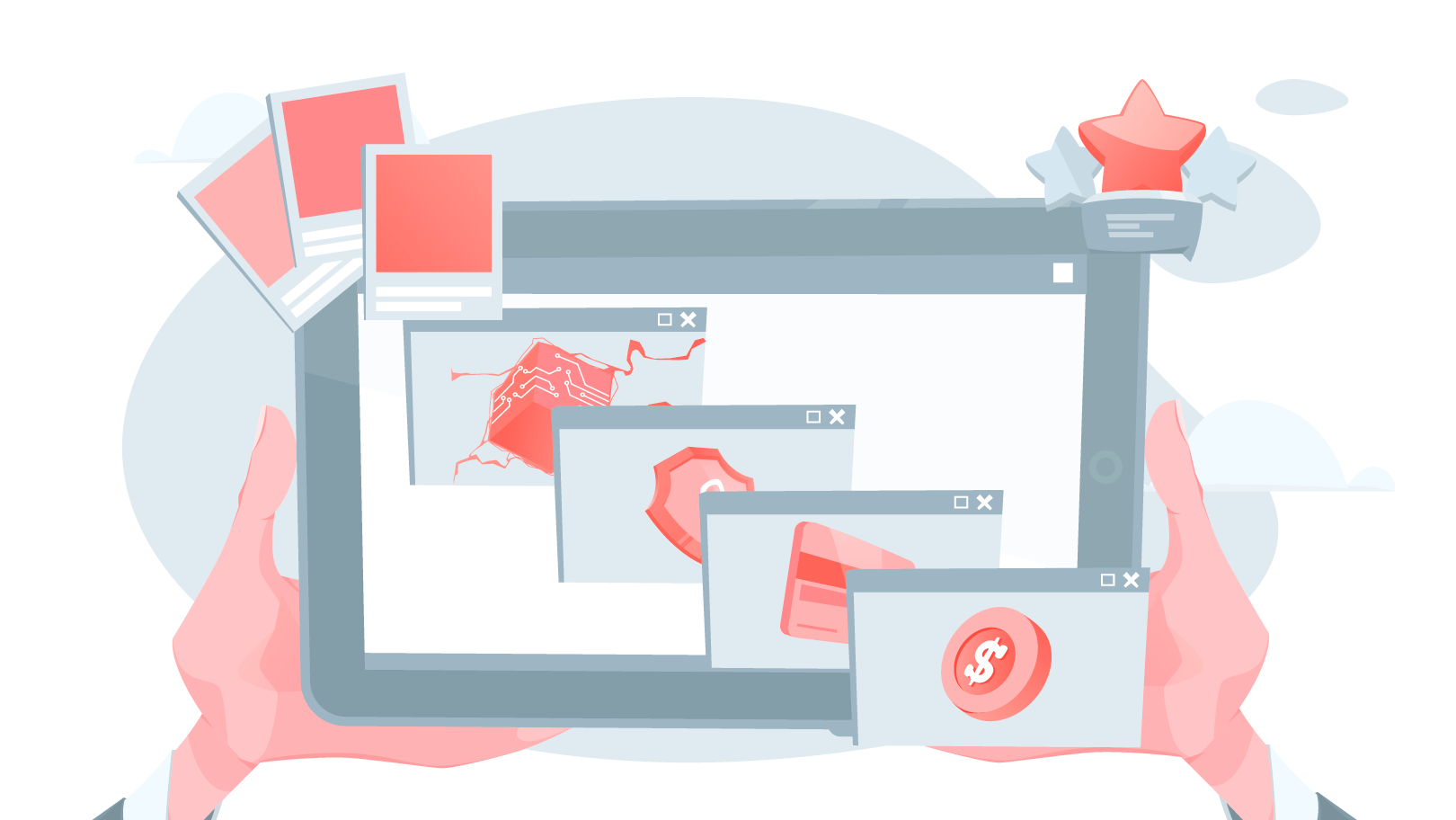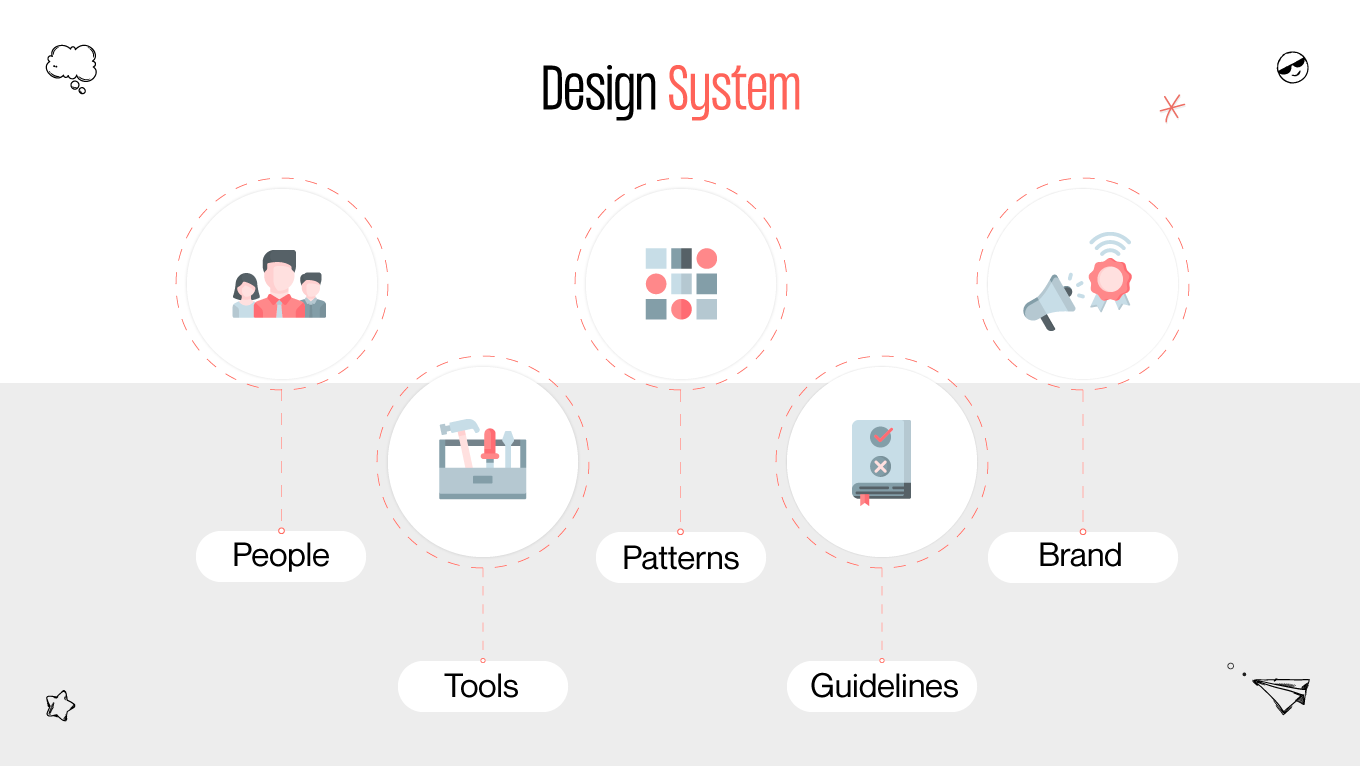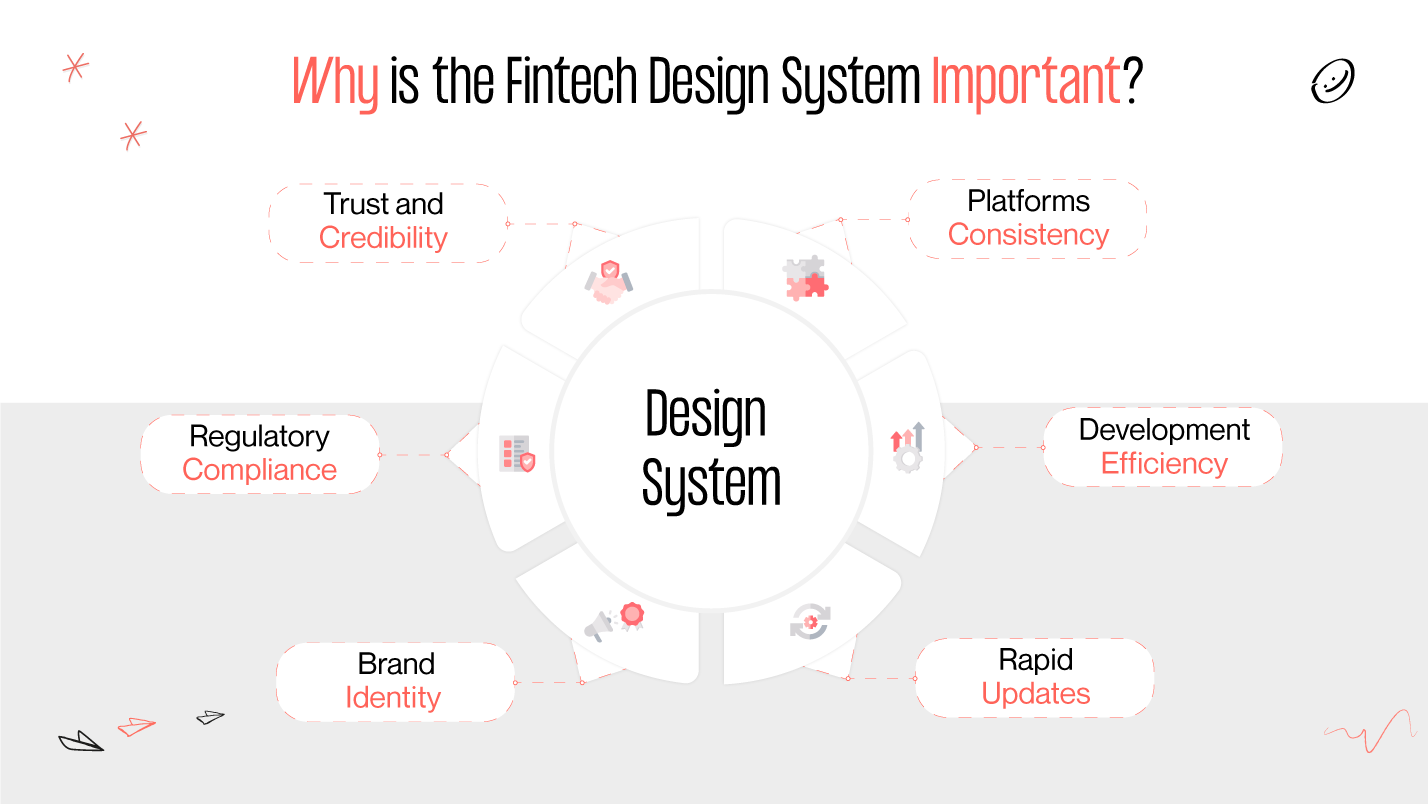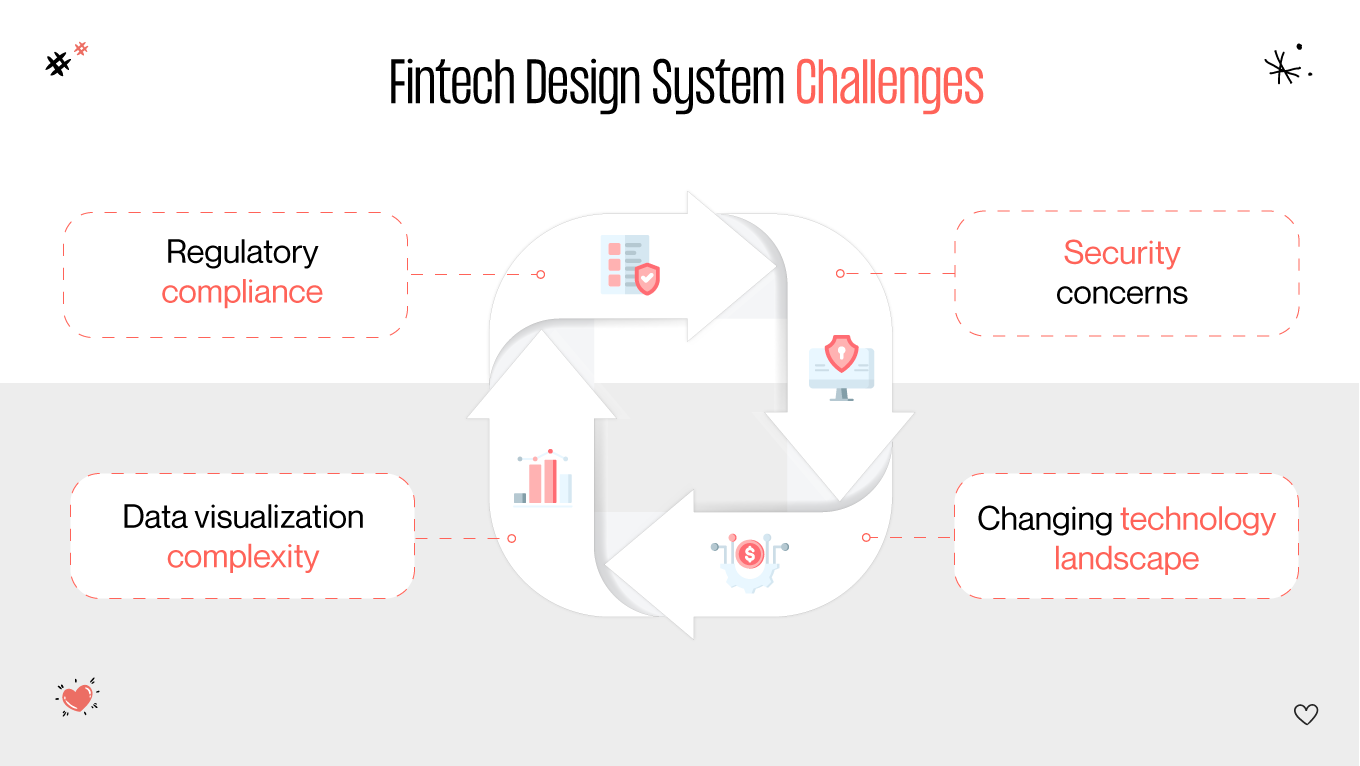Navigating the intricate nature of fintech demands more than just innovative ideas. It requires a harmonious combination of user-centric design, seamless functionality, and regulatory compliance. Today, when every click and transaction carries weight, establishing a robust foundation for design becomes paramount. A fintech design system is your key to success. The statistic shows that designers are 34% more efficient when using a design system. Let’s explore how it shapes the future of finance by connecting creativity with compliance and technology with trust.






